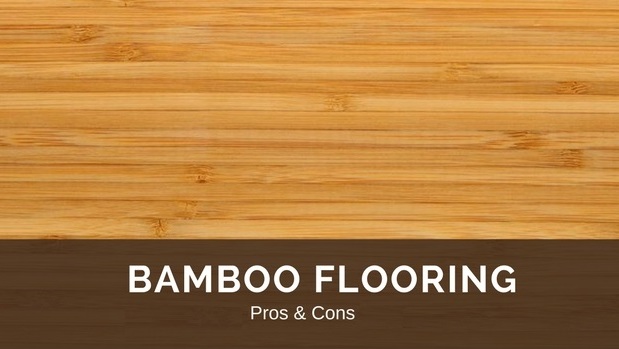
Choosing between Oak Flooring and Bamboo Flooring
May 29, 2018Which wood works best for your lifestyle?
Which wood works best for your lifestyle?
Everybody is aware that engineered oak flooring is a very popular flooring material across the globe. Many prefer this floor because of its natural appearance, earthy tones, and durability to last for a long time. However, in the past decade or so, one of the oldest construction material on the planet has been gaining popularity: Bamboo. Commonly used by inhabitants of Asia and the Pacific region, bamboo has been maneuvering its way into more homes in Europe and the United States.
In order to fully understand the advantages and disadvantages of bamboo wood flooring, you need to understand the basis of the materials. Oak is considered to be in the hardwood family, and traditional hardwood trees can take up to nearly 65 years before they reach harvest stage. The long growth stage with oak trees creates growth rings that provide this wood with the sought-after grain patterns. Believe it or not, bamboo is actually classified in the grass family, though it has wood-like characteristics. This building material grows rapidly and, depending on the variety, reaches harvest stage around year six. When choosing between oak flooring or bamboo flooring, consider these advantages and disadvantages to help you determine which style of flooring best suits your space.
Oak Flooring
Oak-Flooring
Advantages
Proven Record: Oak and other hardwoods have been used for centuries and have proven their dependability. It is a universal understanding that if you want a flooring that lasts, hardwood is the common answer.
Beautiful: Every oak planks has its own story. There will never be two pieces that look alike.
Selling Point: As mentioned above, a good hardwood floor is a selling point. It is proven that if a house has kept hardwood floors, they tend to sell faster, because there is a higher perceived value in wooden floors.
Disadvantages
Long Growing Stage: It takes a long time for traditional hardwoods to reach the harvest stage. Consequently when trees are replanted after harvest, the new tree won’t be ready for quite some time.
Moisture Resistance: Oak wood floors and moisture don’t mix. Though flooring engineers have reduced the effect of moisture on hardwood floors through the application of chemicals, it’s still no match for standing water.
Maintenance: Hardwood floors require maintenance and refinishing after years of everyday wear and tear.
Bamboo Flooring
Bamboo-Flooring
Advantages
Renewable Resource: Bamboo has been dubbed an eco-friendly flooring material because of its quick regeneration.
Variety: Bamboo was typically known for its natural caramelized tones, but, through development and technology, bamboo floors come with a variety of stains and textures.
Moisture Resistant: Bamboo material tends to be more resistant to moisture than oak flooring. With that said, bamboo is not completely moisture resistant, as it is still a natural element and excessive water saturation can still warp and buckle bamboo planks.
Disadvantages
New to the industry: This material is gaining in popularity but still is considered a new trend. Flooring companies continue to study this new flooring material, as it continues to develop.
Varying hardness range: There are said to be over 1,450 different species of bamboo. Some of them are as soft as pine and others are said to be 12% harder than maple. You must know where your bamboo flooring is from in order to know its durability.
Staining: To darken bamboo flooring, it must go through a process called carbonised bamboo flooring. Once the bamboo is carbonised, it loses some of its durability and may be prone to dents if not maintained.
There you have it, as you can see there are great advantages to both oak and bamboo flooring. To help you decide which flooring suits your space best, make sure to request free solid oak flooring samples and bamboo samples to test directly in your home.





